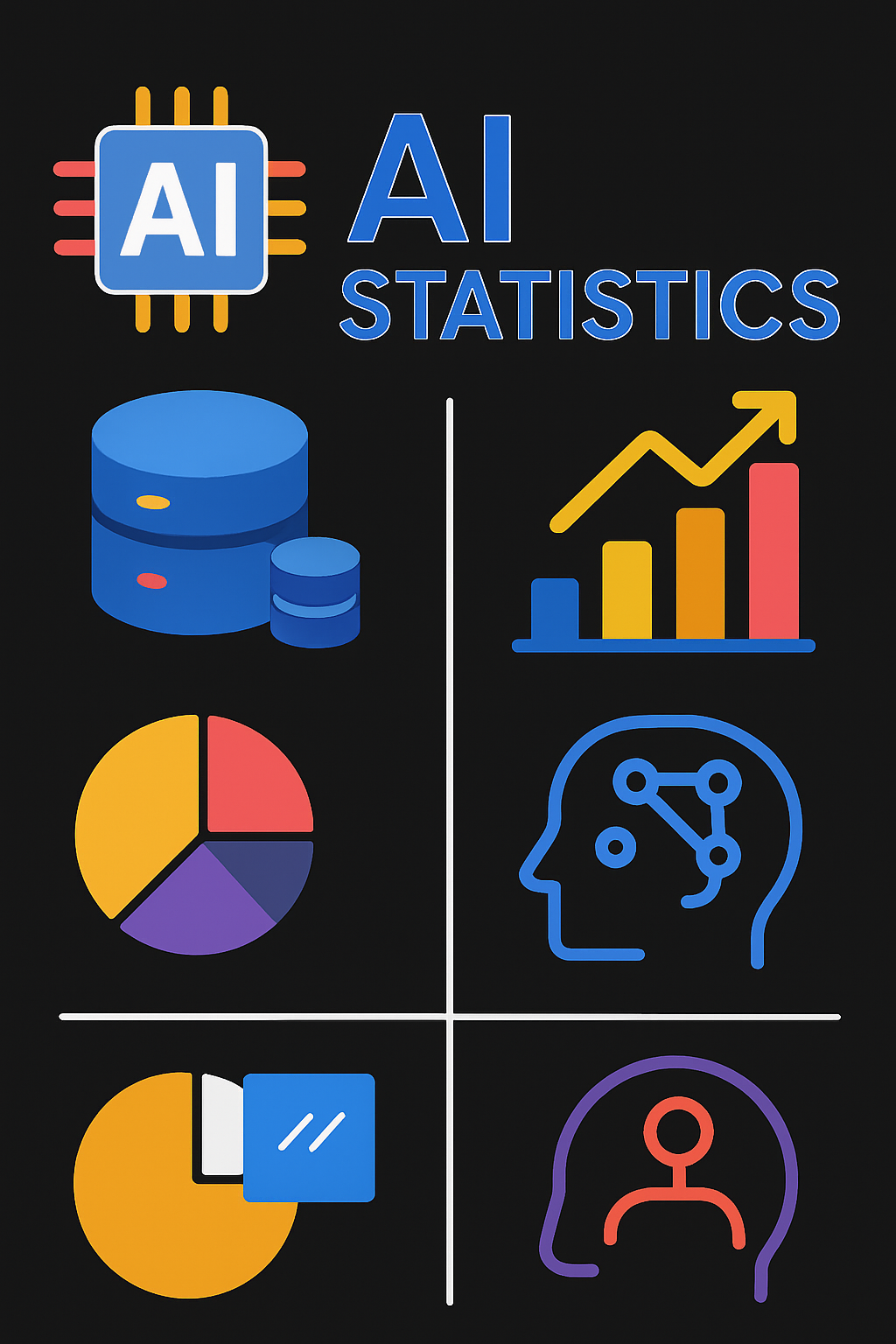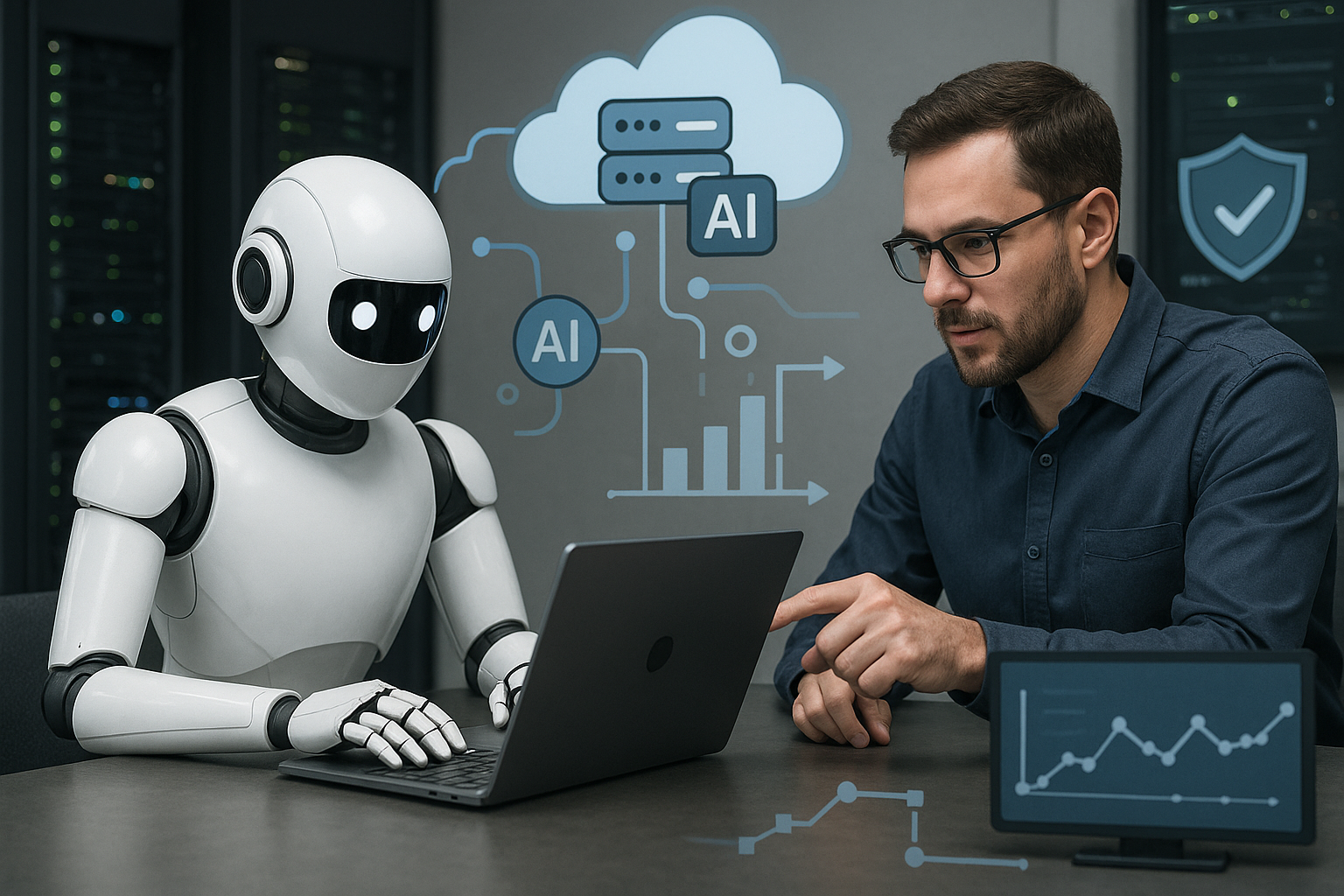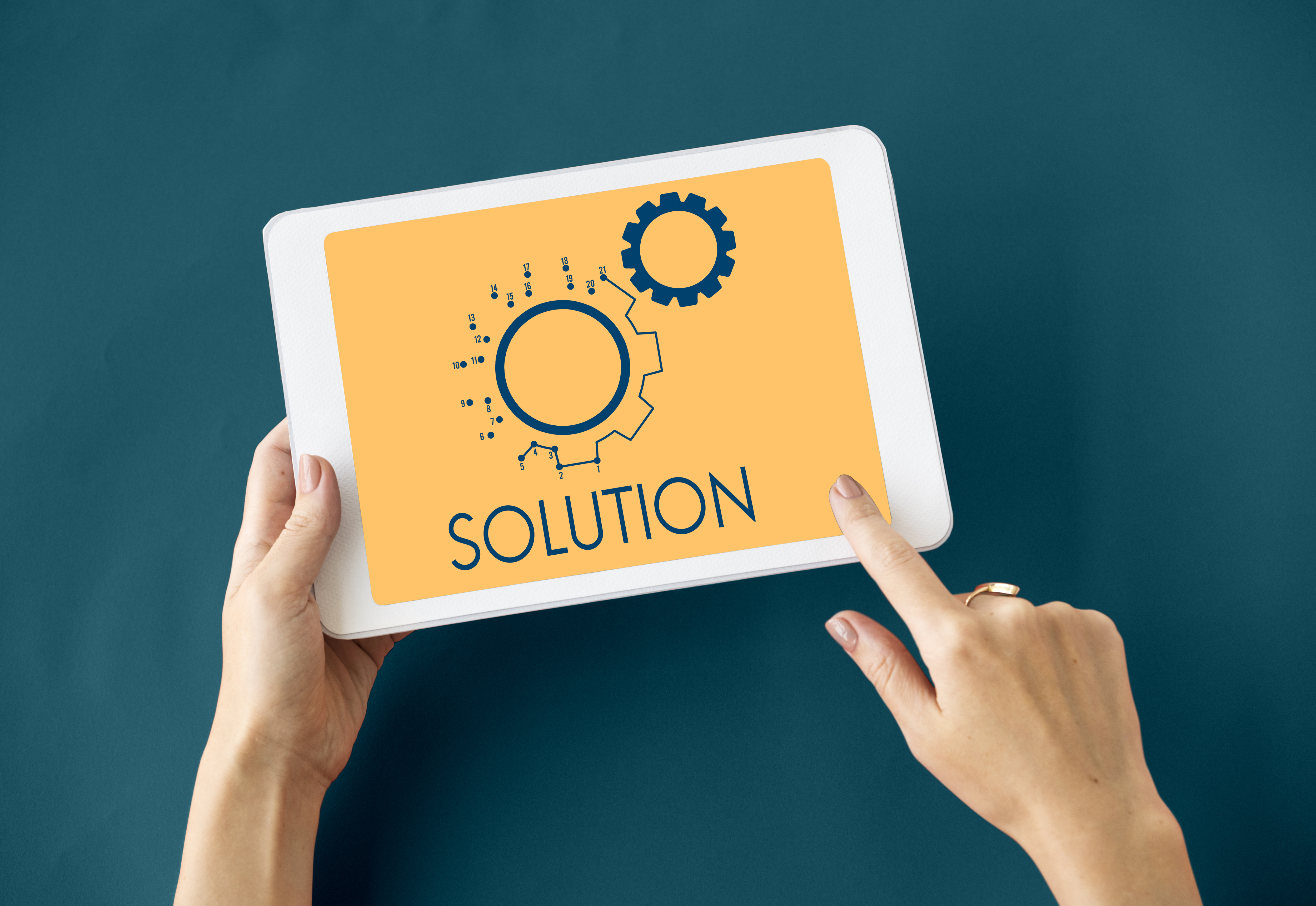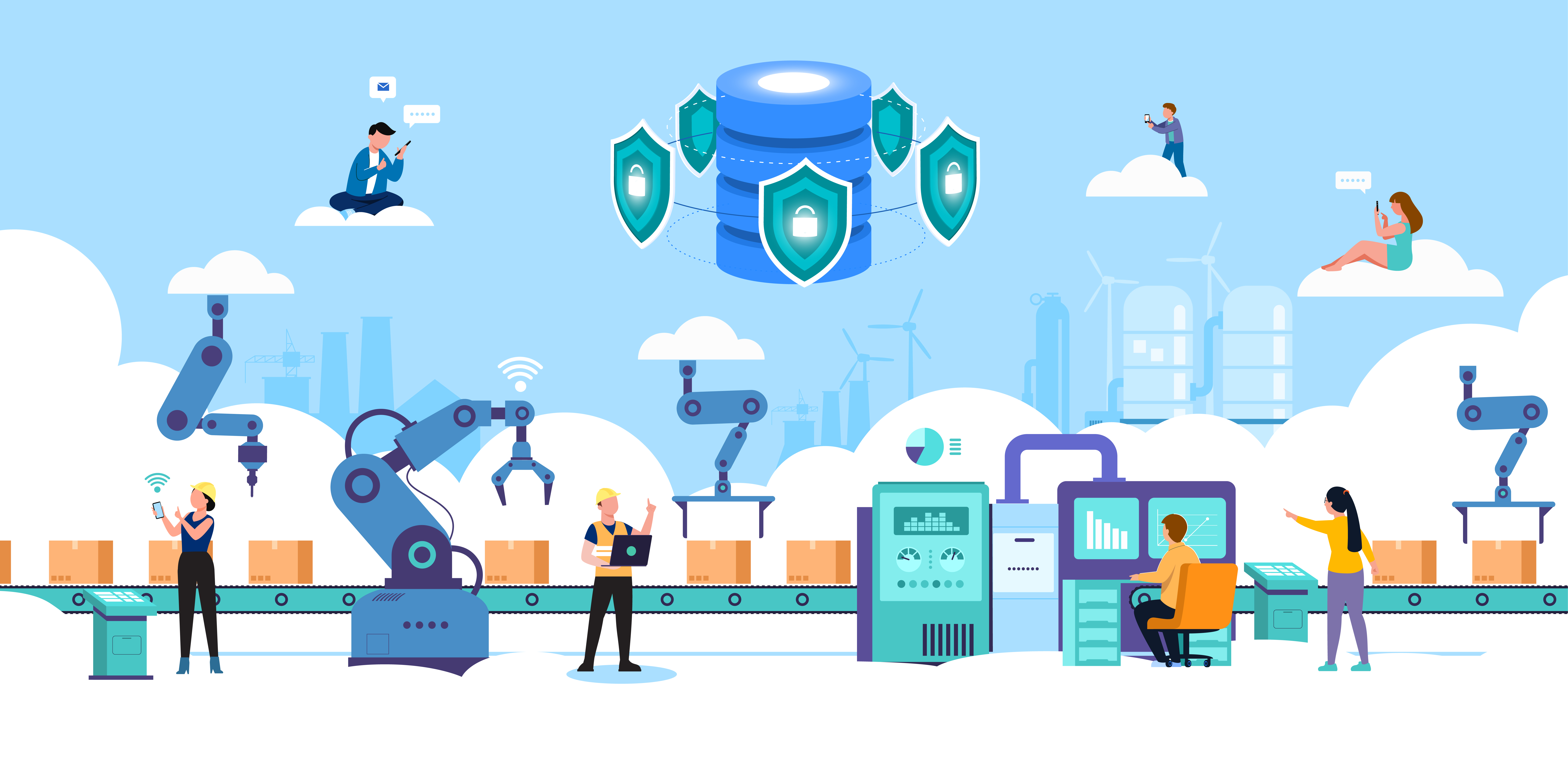Bridging the Physical and Digital: How IoT and Data Analytics Are Shaping the Future?
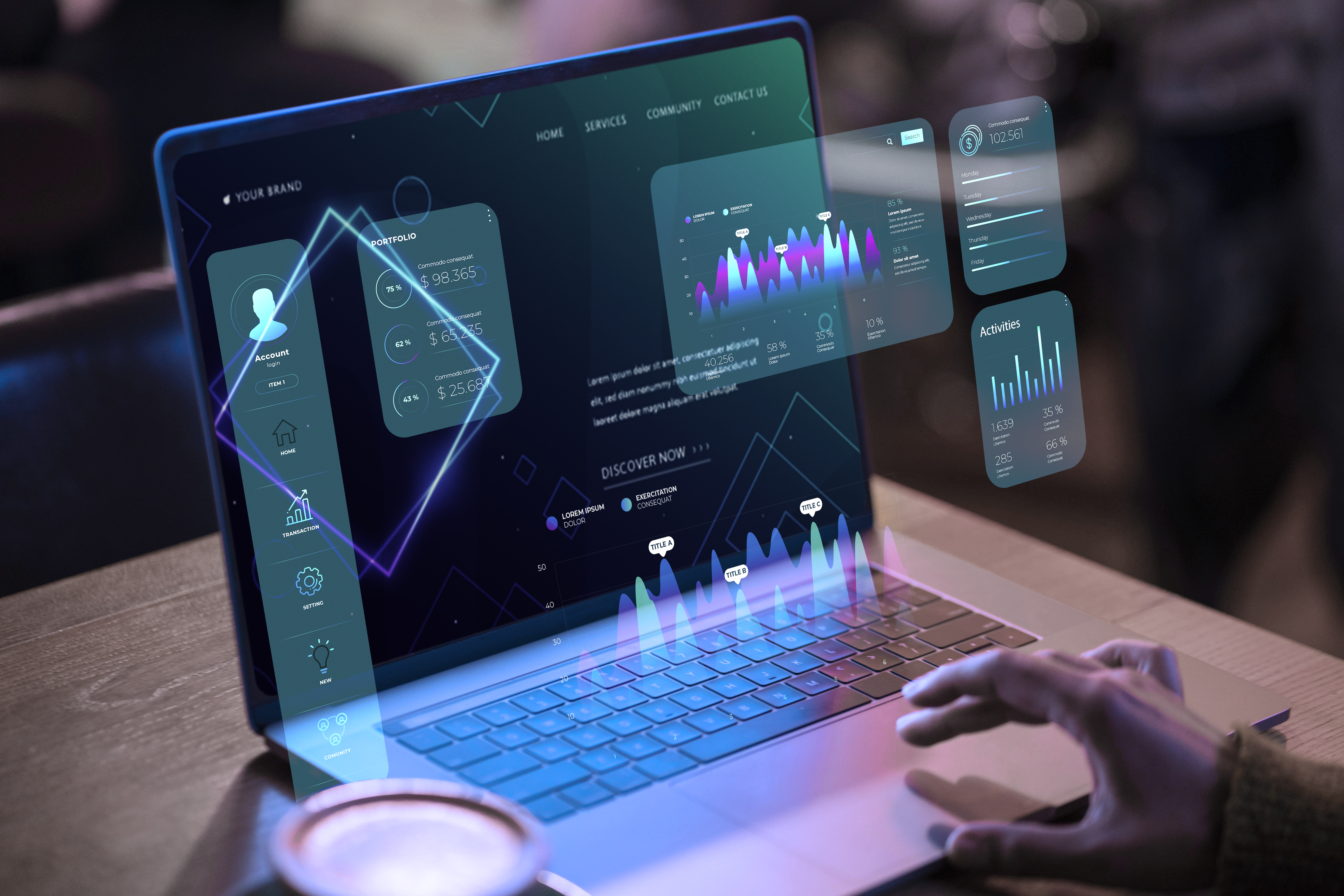
Strong 8k brings an ultra-HD IPTV experience to your living room and your pocket.
For businesses across manufacturing, healthcare, agriculture, logistics, and even urban planning, real-time intelligence is no longer a luxury—it’s foundational to decision-making and operational excellence. What’s making this shift possible is the potent intersection of two transformative technologies: the Internet of Things (IoT) and data analytics.
Together, they’re revolutionizing how data is collected, interpreted, and acted upon. But the story isn’t just about sensors or dashboards—it’s about meaningful change backed by data-driven insights at scale. This blog delves into how IoT and data analytics are converging to reshape industries, offering a practical, expert-driven perspective.
The IoT-Data Analytics Synergy: A Functional Overview
IoT refers to the network of interconnected devices embedded with sensors, software, and other technologies that collect and transmit data over the internet. These devices generate a vast amount of structured and unstructured data—anything from temperature readings and GPS coordinates to equipment health and consumer behavior.
However, data on its own holds limited value. This is where data analytics comes in.
Data analytics encompasses the tools, algorithms, and techniques used to extract actionable insights from raw data. Whether it’s predictive maintenance in manufacturing or patient monitoring in healthcare, the true power of IoT emerges only when coupled with advanced analytics.
Key Synergies:
Real-time Monitoring: IoT devices collect live data; analytics turn it into alerts or reports.
Predictive Maintenance: Sensors detect anomalies; analytics forecasts failures before they happen.
Process Optimization: Machine data flows in; analytics reveals bottlenecks and recommends improvements.
Behavioral Insights: Wearables and devices track user activity; analytics provide personalized experiences.
Industry Impact: Real-World Applications of IoT and Data Analytics
1. Smart Manufacturing
Industrial IoT (IIoT) is revolutionizing shop floors by enabling real-time monitoring of machinery, environmental conditions, and worker safety. Through predictive analytics, manufacturers can minimize downtime, reduce waste, and improve product quality.
For example, a factory equipped with IoT sensors can monitor the vibration and heat levels of machinery. Data analytics tools analyze these inputs to predict maintenance needs, helping avoid costly breakdowns.
2. Precision Agriculture
In agriculture, IoT-enabled drones, soil sensors, and weather stations feed vast datasets into analytics platforms. These insights inform irrigation, fertilization, and harvesting schedules.
This convergence is crucial in increasing yield while conserving resources. Farmers no longer rely solely on traditional wisdom; they now optimize decisions based on insights provided by their data ecosystem.
3. Healthcare and Remote Patient Monitoring
Wearable devices and connected medical equipment continuously capture patient vitals. Data analytics then identifies patterns indicating early signs of illness, helping doctors provide timely interventions.
Additionally, in hospital management, IoT devices track inventory, equipment usage, and patient flow, while analytics pinpoint inefficiencies that impact patient care and hospital operations.
4. Urban Infrastructure and Smart Cities
Smart cities leverage IoT and analytics to manage traffic, reduce energy consumption, and enhance public safety. Sensors embedded in roads, traffic lights, and waste bins send data to city management platforms that analyze conditions in real time.
From predictive policing to air quality monitoring, municipal agencies are turning to this technological duo to deliver better services and improve citizens’ quality of life.
Challenges in Integrating IoT and Analytics
While the benefits are substantial, integrating IoT with analytics comes with its share of challenges.
1. Data Overload
The volume of data generated by IoT devices can be overwhelming. Without proper filtering and processing mechanisms, much of this data remains underutilized. Organizations must implement efficient pipelines to store, clean, and prioritize data.
2. Interoperability
With countless device manufacturers and software platforms, achieving seamless interoperability between devices and analytics tools is a complex task. This fragmentation often leads to siloed systems that fail to communicate effectively.
3. Data Security and Privacy
IoT devices are often vulnerable entry points for cyberattacks. When combined with sensitive analytics data, the risks multiply. Ensuring end-to-end encryption, secure APIs, and compliance with data regulations is essential.
4. Skilled Talent Gap
The demand for professionals skilled in both IoT application development services and advanced analytics often outpaces supply. Bridging this talent gap requires focused training, cross-disciplinary knowledge, and upskilling initiatives.
The Role of Data Analytics Services in IoT Success
Most organizations lack the in-house capacity to manage the full spectrum of IoT data, from collection to actionable insight. That’s where data analytics services play a pivotal role.
These service providers offer more than just dashboards—they bring domain expertise, scalable infrastructure, and AI-driven capabilities. Whether it's setting up a cloud-based analytics environment or building machine learning models to forecast trends, their contributions are integral to success.
Some notable functions include:
Data pipeline engineering (ETL processes)
Real-time and batch analytics implementation
Predictive and prescriptive modeling
Integration of third-party APIs and enterprise systems
Compliance and governance frameworks
Partnering with experienced providers can accelerate time-to-value, improve data accuracy, and ensure business continuity.
Why IoT Application Development Matters?
Designing and deploying an IoT solution requires far more than just connecting a few sensors. It involves developing end-to-end systems that are reliable, scalable, and secure.
IoT application development services help bridge the gap between conceptual design and technical execution. From device firmware development to mobile interfaces and cloud integration, these services ensure that data flows seamlessly from edge to core systems.
Key components include:
Custom firmware and device management
Cloud integration and API development
Edge computing frameworks
Mobile and web application interfaces
Analytics dashboard creation and integration
An expert IoT development partner not only builds functional solutions but also ensures they align with long-term business goals.
Future Trends to Watch
As both technologies mature, their interplay will evolve in exciting directions.
1. Edge Analytics
Rather than sending all data to the cloud, edge analytics processes data closer to the source—on the device or local gateway. This reduces latency, enhances privacy, and enables faster decision-making. It’s particularly relevant in time-sensitive applications like autonomous vehicles and industrial automation.
2. AI-Powered IoT
The addition of artificial intelligence allows for more sophisticated decision-making. Machine learning models trained on historical data can help IoT systems make autonomous adjustments, such as rerouting traffic, tuning equipment settings, or customizing user experiences.
3. Digital Twins
Digital twins—virtual replicas of physical systems—use IoT and analytics to simulate real-world scenarios. Businesses can use these models to test operational changes, predict failures, and optimize performance without disrupting actual systems.
4. Sustainability and Green Tech
With ESG (Environmental, Social, and Governance) goals becoming a strategic priority, organizations are leveraging IoT and analytics to monitor energy usage, track emissions, and optimize resource consumption. Expect to see growth in carbon tracking platforms powered by IoT sensors and analytical engines.
Final Thoughts
The union of IoT and data analytics is not just a passing trend; it’s a structural shift in how organizations operate, innovate, and grow. From unlocking real-time intelligence to predicting future scenarios, the possibilities are vast—but realizing them demands thoughtful integration, expert execution, and a commitment to continuous evolution.
For organizations looking to harness this synergy, collaborating with experienced partners in IoT application development services and data analytics services can be a game-changer. As with any technological endeavor, the key lies not just in adoption, but in adoption done right—with purpose, precision, and people in mind.
Note: IndiBlogHub features both user-submitted and editorial content. We do not verify third-party contributions. Read our Disclaimer and Privacy Policyfor details.



